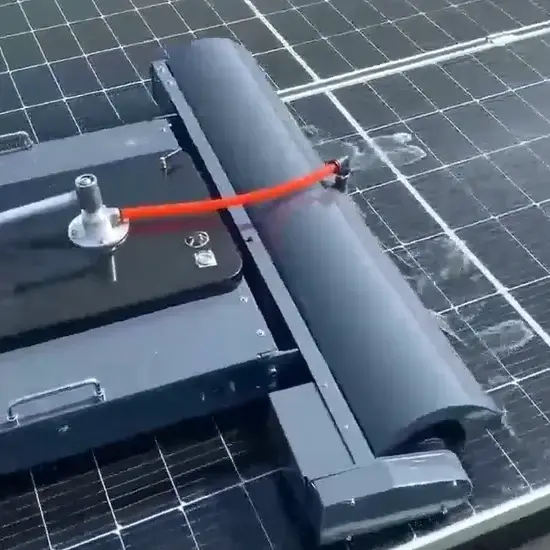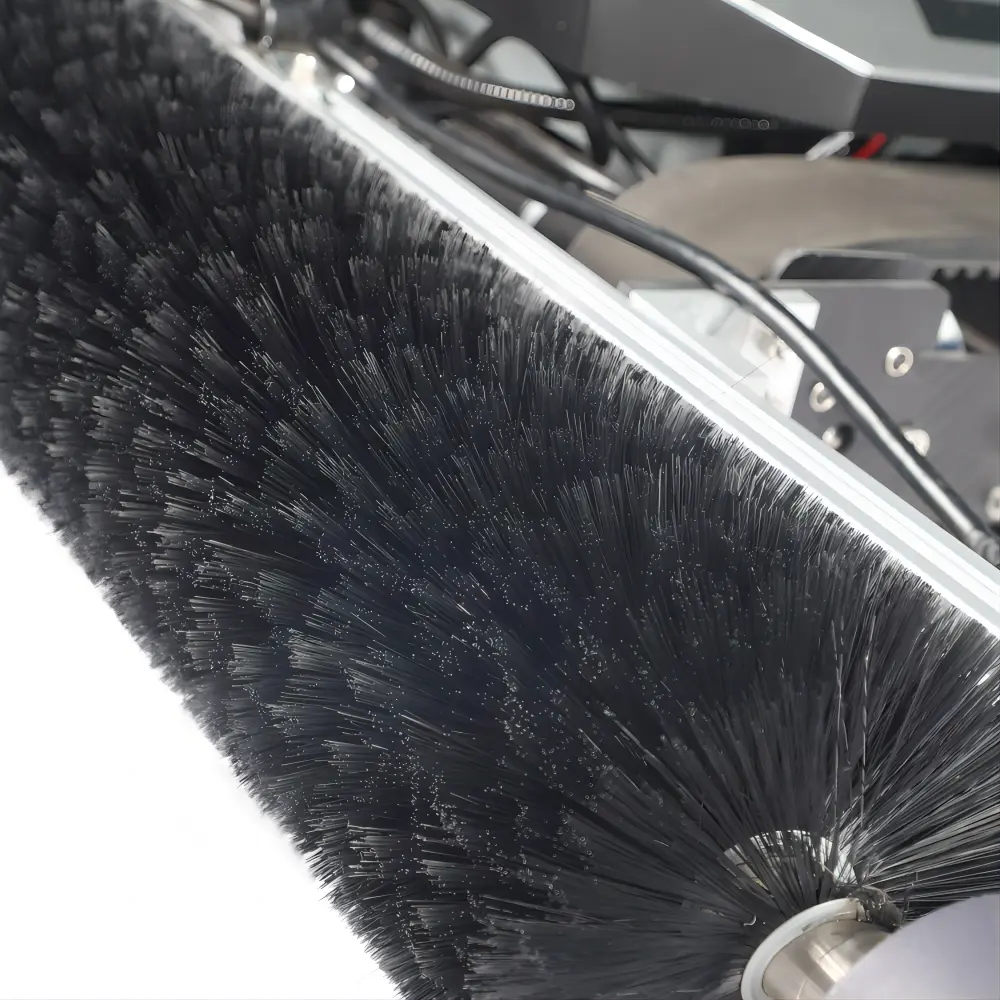Le principe de fonctionnement de Robots de nettoyage de panneaux solaires
Les robots de nettoyage de panneaux solaires utilisent une combinaison de systèmes mécaniques, électriques et de capteurs pour nettoyer efficacement et en toute sécurité les panneaux solaires. Vous trouverez ci-dessous une description détaillée des principaux composants de ces machines de nettoyage avancées.

Conception globale et composants
La structure d'un robot de nettoyage de panneaux solaires est conçue pour un fonctionnement transparent, comprenant généralement :
- Châssis:Le cadre qui maintient tous les composants ensemble.
- Outils de nettoyage: Brosses et pulvérisateurs destinés à éliminer la saleté.
- Moteurs: Conduisez le mouvement du robot sur la surface du panneau solaire.
- Boîtier de commande:Abrite les systèmes de contrôle permettant de gérer les fonctions du robot.
Mouvement et traction
Les robots sont équipés de roues ou de chenilles qui leur permettent de traverser efficacement différentes surfaces :
- Friction et traction:Les roues ou les chenilles génèrent la friction nécessaire pour permettre le mouvement des panneaux solaires.
- Contrôle moteur:Le processeur principal contrôle les moteurs, permettant des mouvements dans différentes directions pour couvrir toute la zone du panneau.
Processus de nettoyage
Le cycle de nettoyage d'un robot nettoyeur de panneaux solaires comprend plusieurs étapes :
- Pulvérisation initiale:Le robot commence par pulvériser de l'eau ou de l'air comprimé pour détacher la saleté et les débris.
- Action de brossage: Les brosses latérales et les brosses rotatives nettoient la surface. Les brosses latérales dirigent les débris vers le centre, tandis que les brosses rotatives frottent en profondeur.

Intégration et contrôle des capteurs
L'intégration avancée des capteurs garantit que le robot fonctionne efficacement et en toute sécurité :
- Capteurs visuels et photoniques:Ces capteurs détectent les zones sales et les bords des panneaux solaires pour créer des chemins de nettoyage optimaux.
- Détection des bords:Les capteurs aident à éviter de tomber des bords des panneaux solaires en dirigeant le robot pour changer de direction ou s'arrêter lorsque cela est nécessaire.
- Évitement des obstacles:Équipé de capteurs de distance laser, le robot navigue autour des obstacles ou des irrégularités sur les panneaux, en ajustant sa trajectoire si nécessaire.
Gestion de l'alimentation
L'efficacité opérationnelle des robots de nettoyage de panneaux solaires est améliorée par des techniques efficaces de gestion de l'énergie :
- Piles rechargeables:La plupart des robots utilisent des batteries lithium-ion ou lithium-polymère pour un fonctionnement prolongé.
- Recharge automatique:De nombreux robots peuvent retourner de manière autonome à une station de charge lorsque le niveau de leur batterie est faible, garantissant ainsi un service ininterrompu.
Flux de travail opérationnel
L'ensemble de l'opération peut être décomposé en plusieurs étapes :
- Initialisation:Le robot initialise ses capteurs et ses systèmes de contrôle avant de commencer sa tâche.
- Cycle de nettoyage:Il suit un chemin programmé, pulvérisant, brossant et collectant efficacement les débris.
- Vérification finale:Après le nettoyage, le robot vérifie la propreté à l'aide de capteurs visuels pour garantir la minutie.
- Retour et recharge:Une fois terminé, il retourne à la station de charge pour se recharger.
En intégrant ces composants et processus, les robots de nettoyage de panneaux solaires jouent un rôle essentiel dans le maintien de l'efficacité et de la longévité des systèmes de panneaux solaires.